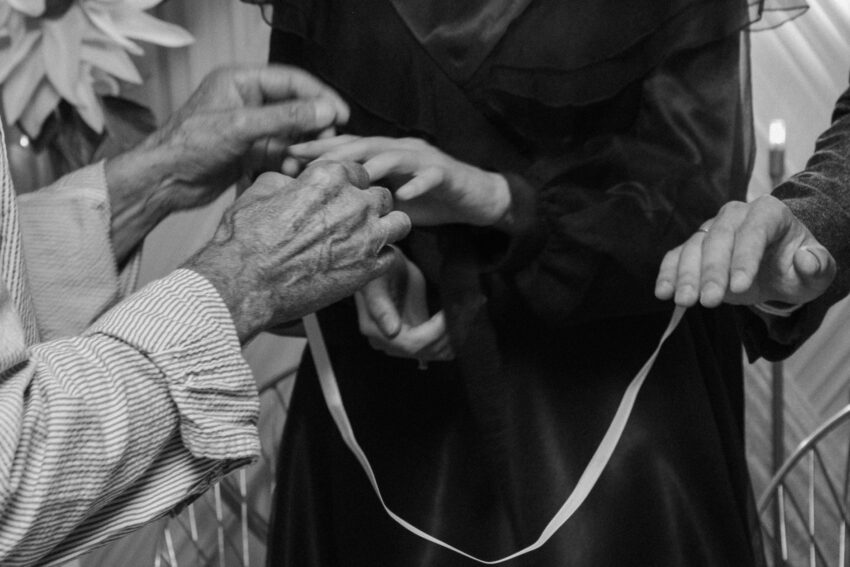In the highlands of the Amazon rainforest, indigenous communities have been harnessing the therapeutic potential of plant medicines for centuries. Among these sacred herbs, one has recently sparked international intrigue – ayahuasca. More than just a plant, ayahuasca is part of a complex healing system that includes precursor Ayahuasca ceremonies and spiritual rituals. This article explores the intricacies of this plant medicine, focusing on its usage and its growing appeal worldwide.
Ayahuasca is a brew concocted from a unique intertwining of two plants: the Ayahuasca vine (Banisteriopsis caapi) and the leaf of the Chacruna Plant (Psychotria viridis). These two plants, under the watchful guidance of a shaman, blend to create an intoxicating potion women for use within traditional ayahuasca use. It is generally consumed in highly ritualistic, reverential practices, often helmed by a shaman skilled in navigating the intricacies of plant medicine ceremonies.
At the core of these ceremonies is the purposeful focus on healing. The Ayahuasca healing process is an introspective journey, where participants delve into the depths of their psyche, confronting fears, insecurities, and past traumas. The ayahuasca experience is deeply personal and varies from one individual to another. For some, it can be a life-changing encounter leading to personal growth and profound spiritual insights. For others, it can be a challenging ordeal, confronting buried emotions and traumas.
Celebrated for its potential to uplift and heal, ayahuasca has got the attention of the global community, inspiring some to undertake Ayahuasca retreats. These retreats, typically located in Peru, Costa Rica, and other lush, tropical areas, offer individuals the chance to consume the sacred brew in a controlled environment, under the guidance of seasoned shamans. From the moment participants arrive at one of these ayahuasca retreat locations, they are immersed in a world that weaves spiritual practice, introspection, and plant medicine together.
However, while ayahuasca has gathered a following, it is only one of many sacred plant medicines used by indigenous cultures. Other familiar examples include peyote and San Pedro cacti, noted for their mescaline content. Much like the ayahuasca ceremony, these too are used in certain shamanic practices with plant medicines, known for their spiritual and healing effects.
For those considering an ayahuasca journey, it’s essential to understand that it isn’t a magic potion that automatically dispels pain and trauma. There is work to be done both during and after the ceremony, and the healing continues long after the initial effects of the plant have subsided. Integration, the process of incorporating these profound experiences into everyday life, is vital. Therefore, the key to ayahuasca’s effectiveness lies in its ability to inspire introspection, catalyze change, and enable individuals to lead their healing journey.
In conclusion, plant medicines such as ayahuasca offer a window into a different form of healing – one that diverges significantly from western medicine. They remind us that our minds and bodies are interconnected and that healing can occur on multiple levels – physical, emotional, psychological, and spiritual. Amid the growing interest in these ancient practices, it’s imperative to remember their roots in indigenous cultures and approach them with respect and reverence. Paying heed to this, the journey through sacred plant medicines can be a roadmap to profound healing and transformation.
